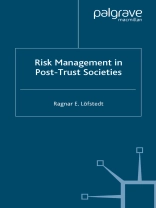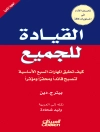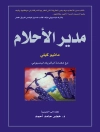Risk communication helps companies, governments and institutions minimise disputes, resolve issues and anticipate problems before they result in an irreversible breakdown in communications. Without good risk communication and good risk management, policy makers have no roadmap to guide them through unforeseen problems, which frequently derails the best policies and results in a breakdown in communications and a loss of trust on behalf of those they are trying hardest to persuade. Most policy makers still use outdated methods – developed at a time before health scares like BSE, genetically modified organisms and dioxin in Belgian chicken feed eroded public confidence in industry and government – to communicate policies and achieve their objectives. Good risk communication is still possible, however. In this book, through the use of a host of case studies from four countries, the author identifies a series of methods that are set to work in a post trust society.
Inhaltsverzeichnis
Introduction and Overview A Review of the Four Risk Management Strategies Germany and the Waste Incinerator in the North Blackforest Risk Management in the United States: The Case of International Paper’s Hydro-Dam Re-Licensing Procedure Sweden: Barsebäck, Risk Management and Trust Risk Management in the U.K: The Case of Brent Spar Conclusions: Integrating Trust into Risk Management
Über den Autor
RAGNAR E. LÖFSTEDT is Professor and Director of the King’s Centre for Risk Management, King’s College London and Adjunct Professor at Carnegie Mellon, Harvard and Gothenburg Universities. He is the editor and chief of the
Journal of Risk Research and he has published/edited nine books and more than forty peer-reviewed articles. In December 2000 he was the first non-American awarded the Chauncey Starr award for exceptional contributions to the field of risk analysis for someone under the age of 40, by the Society for Risk Analysis.












